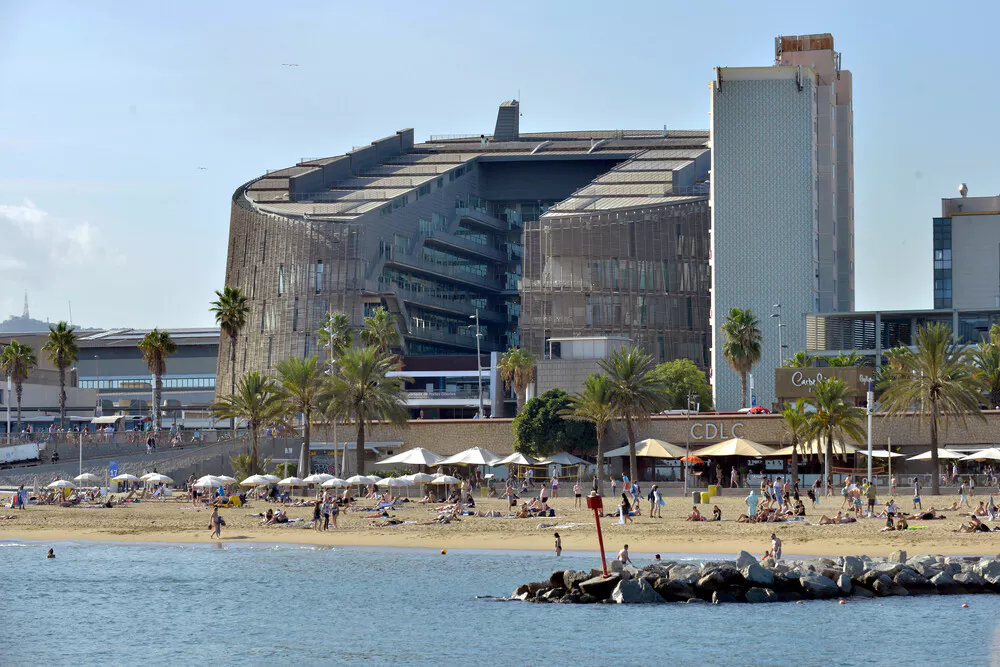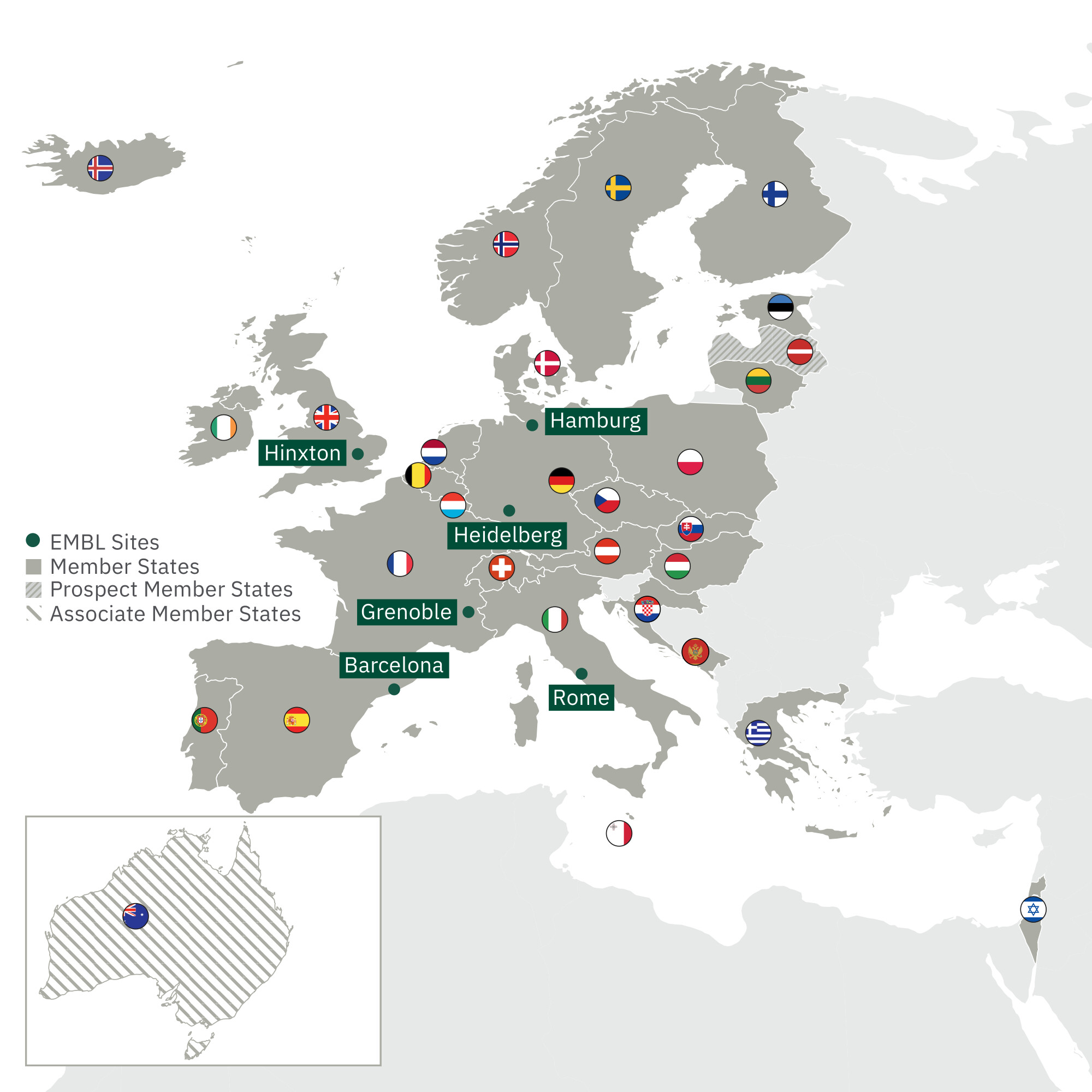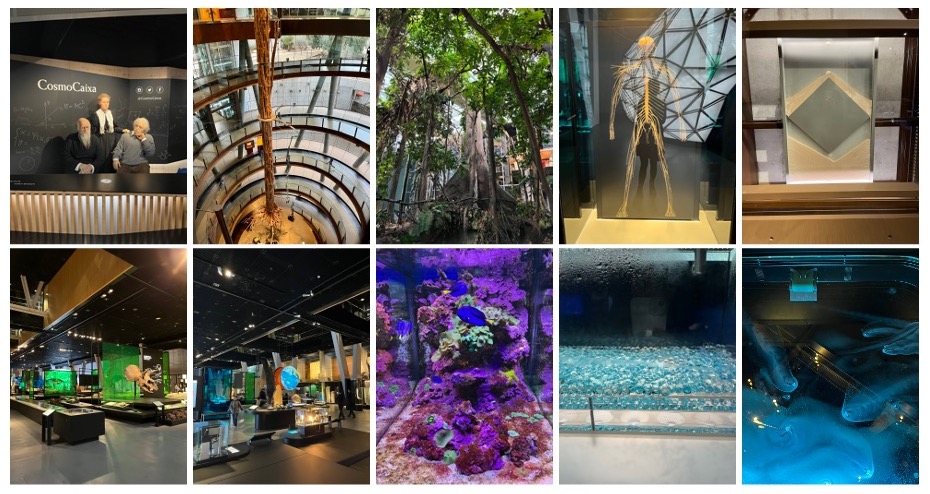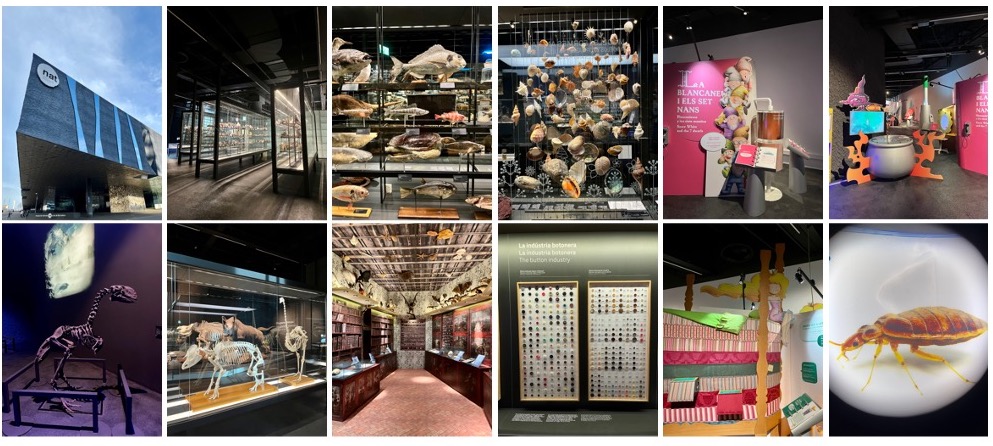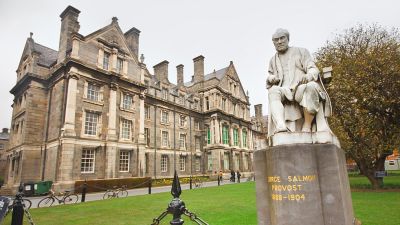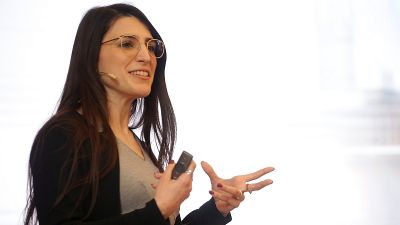The European Molecular Biology Laboratory (EMBL) currently has 28 member countries – including the Czech Republic, which joined in 2014 – and more than 110 independent research groups and service teams covering a broad spectrum of molecular biology at six sites in Barcelona, Grenoble, Hamburg, Heidelberg, Hinxton, and Rome. In this, parallels can easily be found between Charles University and its 17 faculties and the many independent groups across three cities in the Czech Republic. How is science done and communicated at EMBL? Pavla Hubálková explored – in 2014 as a student during a summer research internship at EMBL in Heidelberg, Germany - and now as a science journalist at EMBL in Barcelona, Spain.
|
EMBL has a strategic agenda for every five years and a central area of focus – the current theme for 2022–2026 is "molecules to ecosystems". As a publicly-funded organization, EMBL has both a duty and an interest to communicate its innovative research programs and cutting-edge science, as well as to bring key issues into the public domain and seek solutions. Communications and public outreach are thus an important aspect of its five-year programme. |
We are EMBL
If you ever visited an international scientific conference, you would probably recognize "EMBL science" at first sight. "We strive for a consistent visual style so that our work is recognizable at a glance – we have user-friendly templates for presentations, posters, and social media posts. We offer help or training to scientists," lists Carla Manzanas, communications officer at EMBL Barcelona. "People appreciate it – they can focus on the content. Of course, sometimes it happens that, for example, a newly hired scientist has a presentation already done and doesn't want to give it up. In that case, we try to explain why a unified visual identity is important, and we usually come to an agreement," says Carla. Similarly, they have freely available design rules on the website. "For example, if journalists approach us and say they want a logo, we just send them a link to the website where they can also find all the rules of use and visual identity," Carla explains.
Communication across Europe
When it comes to online communication and Zoom meetings, the Covid pandemic was nothing new for the EMBL communicators team. "As we have laboratories all over Europe, we are used to communicating online," summarises Carla Manzanas. They meet with colleagues from each location at regular team-wide and topic-specific meetings – usually once a week. Routine operational communication takes place via Slack, they plan in Trello and share documents via a shared drive.
The main communication language of EMBL is English. "Before we post anything on the web, it goes through an internal review system, so we maintain a consistent style and avoid mistakes," Carla explains. For example, they have an agreed communication with the editor on Slack using emoji icons – "noticed, I'm working on it, it's done". In the past, they also published a print magazine EMBL etc., which they have recently migrated to a fully online edition as part of a move towards more sustainable publications.
The only exception in the unity is Twitter, where the individual locations have their own accounts and sometimes use local languages depending on the content and context, which in the case of Barcelona and the @EMBLBarcelona Twitter account is English, Spanish and Catalan
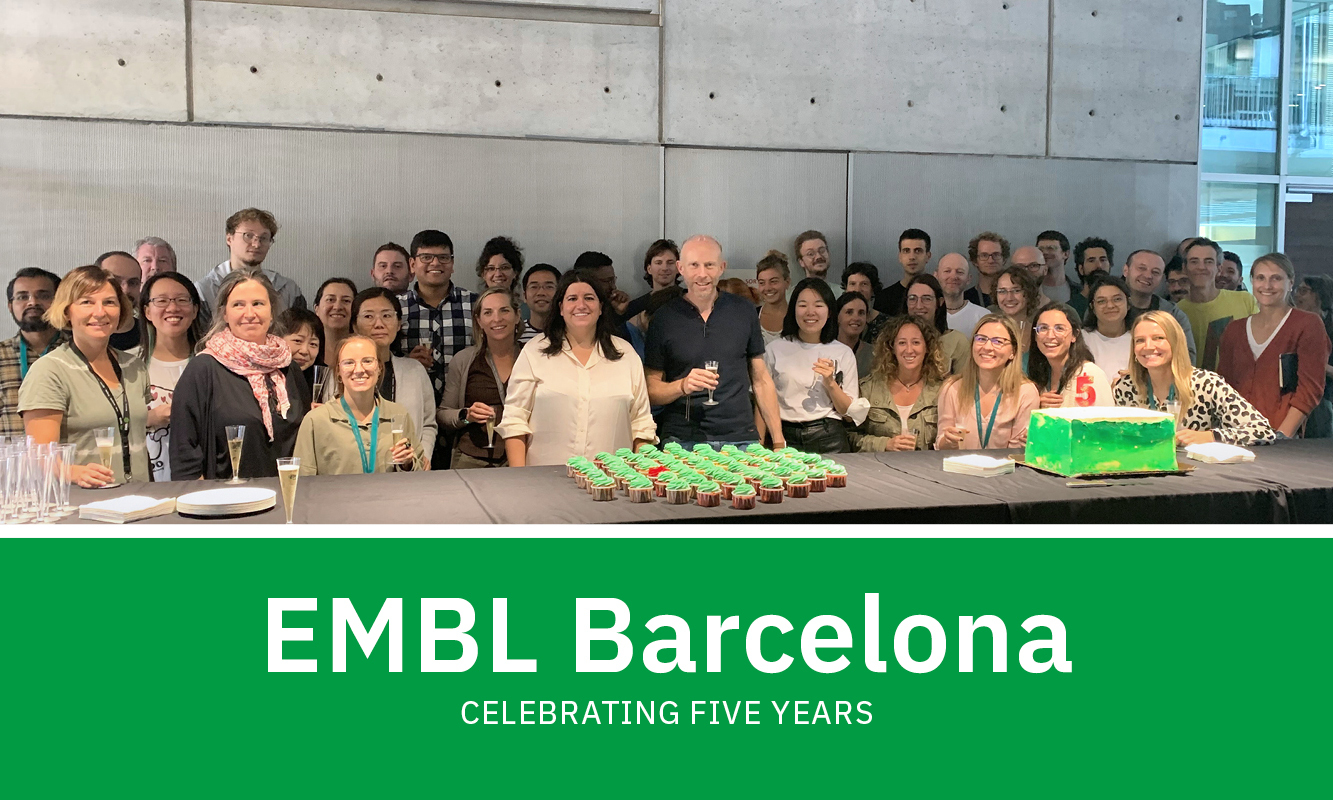
EMBL Barcelona was established in 2017 and is celebrated its fifth anniversary last year.
Cutting-edge science needs conditions and an inspiring environment
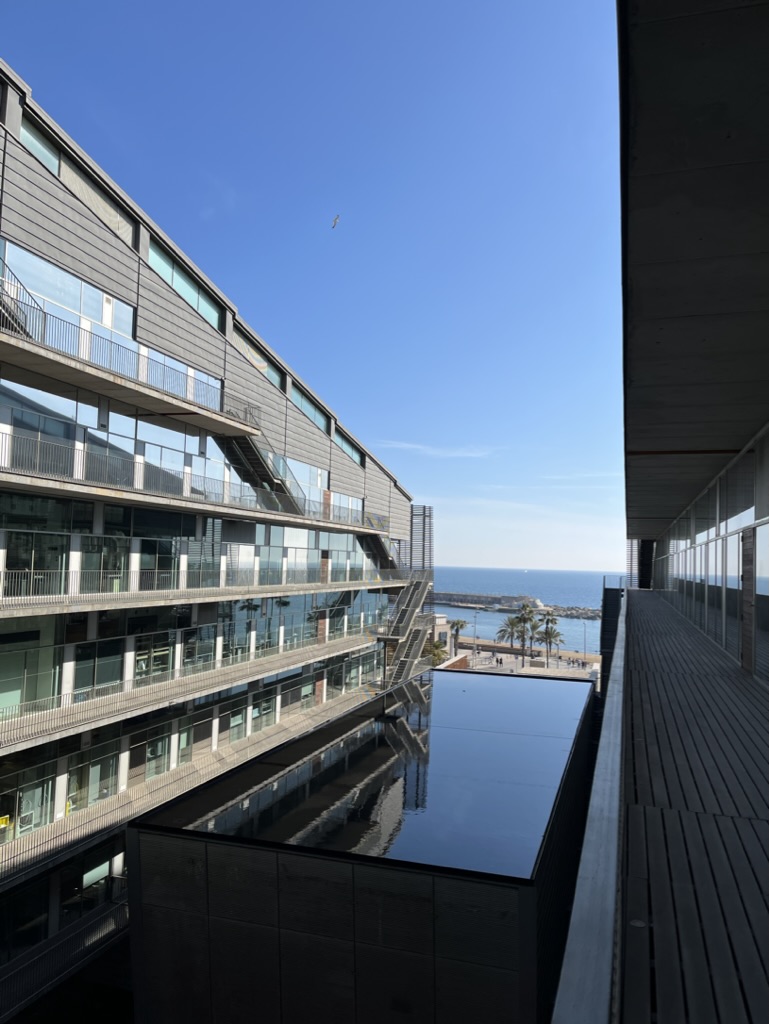 EMBL's Heidelberg headquarters are located in the middle of a forest. By contrast, EMBL Barcelona is in the "heart of the action" – within walking distance of the tourist-famous Arc de Triunfo de Barcelona and with a beach view. "Beauty is multiplied," according to architects Manuel Brullet i Tenas and Albert de Pineda i Àlvarez, who designed the PRBB (Barcelona Biomedical Research Park) building that houses EMBL along with five other scientific research centres.
EMBL's Heidelberg headquarters are located in the middle of a forest. By contrast, EMBL Barcelona is in the "heart of the action" – within walking distance of the tourist-famous Arc de Triunfo de Barcelona and with a beach view. "Beauty is multiplied," according to architects Manuel Brullet i Tenas and Albert de Pineda i Àlvarez, who designed the PRBB (Barcelona Biomedical Research Park) building that houses EMBL along with five other scientific research centres.
"Cutting-edge science needs an inspiring environment," confirms Reimund Fickert, Head of Communications and Development at PRBB, who has been at the centre since its foundation in 2006. "In the beginning, it was an experiment where we decided to bring several research centres under one roof. They didn't believe us at first, but we showed that it was possible and that it worked," he sums up.
The biggest advantage is the sharing and networking, which they actively promote, for example by organizing various professional and leisure activities and courses "for all". The key according to the PRBB is maximum support and the pursuit of an ideal working environment, whether by top-notch " core-facilities" or, for example, an unusually high number of lab technicians and other support staff. "We have about three hundred Ph.D. students and double that number of technical and administrative staff – at other institutions, it is usually the other way around. We want the students to be able to devote themselves fully to scientific work and not have to do routine activities or worry about keeping the lab running," Reimund explains.
"We also have an open-door policy here – one card gets you almost everywhere. But we've found that although people can, they don't use it, so we try to create opportunities where people across the institution can meet each other – for example, at a charity breakfast, volleyball, yoga or in the choir," lists the head of communications.
The PRBB also thinks about professional development – they have defined rules of "good scientific practice" – how to guide Ph.D. students, what publication strategy to choose, or how to communicate science. They also publish their own online magazine El-lipse. "Each institution has its own communication channels, publishes its own articles, we don't want to be a mere repository of identical content, but we try to offer 'something extra' – to add value," says editor-in-chief Maruxa Martinez-Campos, a trained biologist who left her own research to become a science communicator.
The PRBB, as well as individual institutions, are also involved in a number of publicity activities and extensively collaborate with local museums or organisations. "And this is one of the things I would like to do more of – to organize more public activities and to involve schools more," concludes Carla Manzanas.
|
Tips on scientific visits in Barcelona "Aha! I didn't realise that before." or "That's a divine visualization!" I said to myself several times at the CosmoCaixa science museum. I was expecting a "traditional" science centre, but I was surprised by the interactive, modern, and original exhibitions. If you are going to be in Barcelona, I definitely recommend a visit because it's hard to describe in words. What caught my eye: I waited in quite a long line to enter "after work" - along with a (grand)parent with kids, but also a lot of teenagers and young couples who went to CosmoCaixa "on a date". The exhibits are very interactive, but "on the button" - you press start or control with the arrow keys, you don't touch anything directly - you don't get wet from water because everything is protected by glass. But it didn't affect the experience (maybe the opposite), because everything worked perfectly. The content of the science centre is very varied: there is something for everyone. The exhibitions cover topics ranging from the universe to biology, physics and the workings of the human body. And there is also a rainforest or a mini-zoo. A fairy tale surprise awaited me at the Museum of Natural Sciences of Barcelona. The permanent exhibition was "traditional" - glass cases and exhibits aligned in rows, all very dark, accompanied by meditation music... There were some interesting displays - a classification of animal species explained on buttons or a cabinet of curiosities. But otherwise, I wanted to recommend that if you are not a mineral or insect lover, you'd better go to the National Museum in Prague. But then I was very pleasantly surprised by the current "fairy tale" exhibit. They used the themes of the most famous fairy tales to explain various topics in science. The whole thing was officially aimed at children, but it was quite entertaining for parents too. There were several levels of challenges and interesting things to do at each station. For example, with the fairy tale The Princess and the Pea, you learned about sensory perception from one side of the bed and used gloves to try out different tactile sensitivities. Then, on the other side of the bed, you learned that you "never sleep alone" and used a microscope to examine mites and other uninvited guests in bed. |


